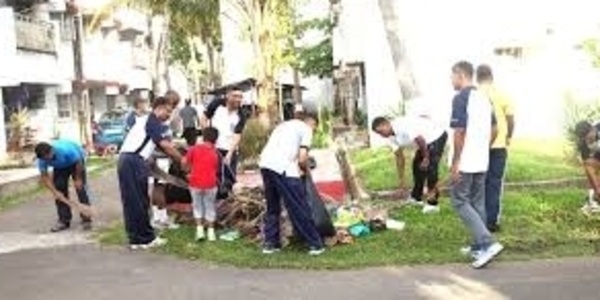Bhopal's Green Revolution: 37 Acres of Wasteland Transformed into Flourishing Paradise
Bhopal has achieved a remarkable milestone in environmental reclamation efforts by successfully clearing and reclaiming 37 acres of wasteland that was once a massive dumpsite. The area had accumulated over 7.5 Lakh Tonnes of legacy waste over a span of 30 years, posing a significant threat to the local ecosystem and public health. In 2018, Bhopal Municipal Corporation faced a monumental challenge: the Bhanpur Khanti dumpsite. They opted for a public-private partnership, enlisting Saurashtra Enviro Projects Pvt Ltd, experts in municipal solid waste processing, to lead the way. Their innovative approach combined bio-mining and bio-capping to restore the 37-acre site. They recovered 21 acres through biomining, extracting 180,000 tonnes of waste. The remaining 16 acres were strategically capped with a high-density polythene liner and a waste structure to seal and protect the area. Crucially, they addressed leachate and gas treatment during this process. After three years of dedicated effort, Bhanpur Khanti has been transformed. Now, the BMC plans to repurpose this reclaimed land, turning an environmental challenge into a commercial opportunity. According to government data, India currently faces the challenge of over 3,000 dumpsites that require reclamation or permanent closure. Bhopal's impressive achievement provides a model for effective waste management and remediation. The reclamation project in Bhopal serves as an inspiration for other cities grappling with similar waste management issues. The success can be attributed to concerted efforts and innovative strategies implemented by local authorities. The project involved systematic clearing of the dumpsite, followed by extensive waste management practices and remediation measures. Environmental experts and local officials collaborated to devise a comprehensive plan, which included the implementation of sustainable waste disposal systems, adoption of recycling and waste segregation practices, and the promotion of public awareness campaigns on waste management. The reclamation of the 37-acre wasteland not only brings about a positive transformation in the local environment but also holds immense potential for future development. The restored land can now be utilized for various purposes such as parks, recreational areas, or even for sustainable urban planning.

